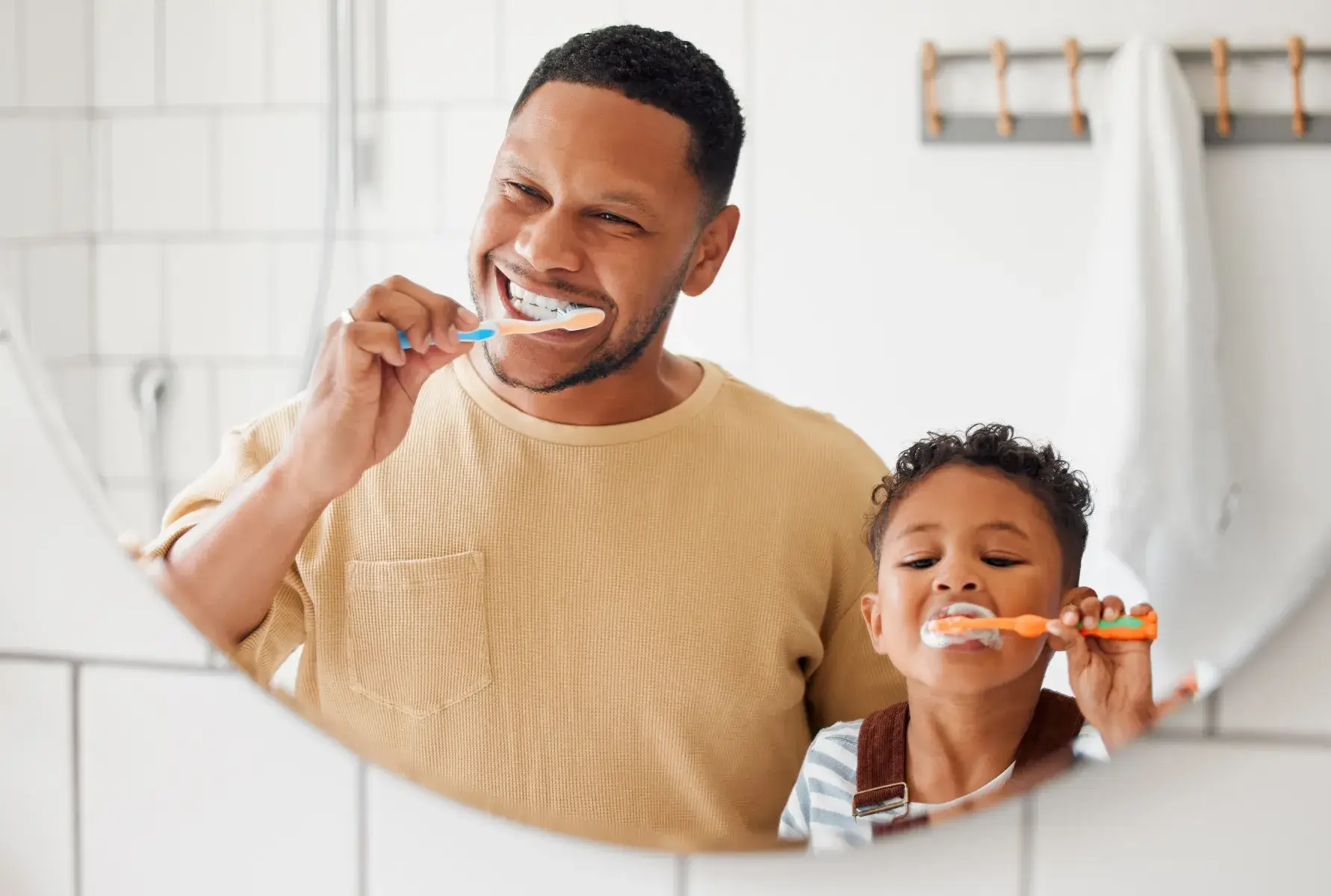Why People Love Hampstead Pediatric Dentistry
Guiding Your Child's Smile During Critical Growth Years
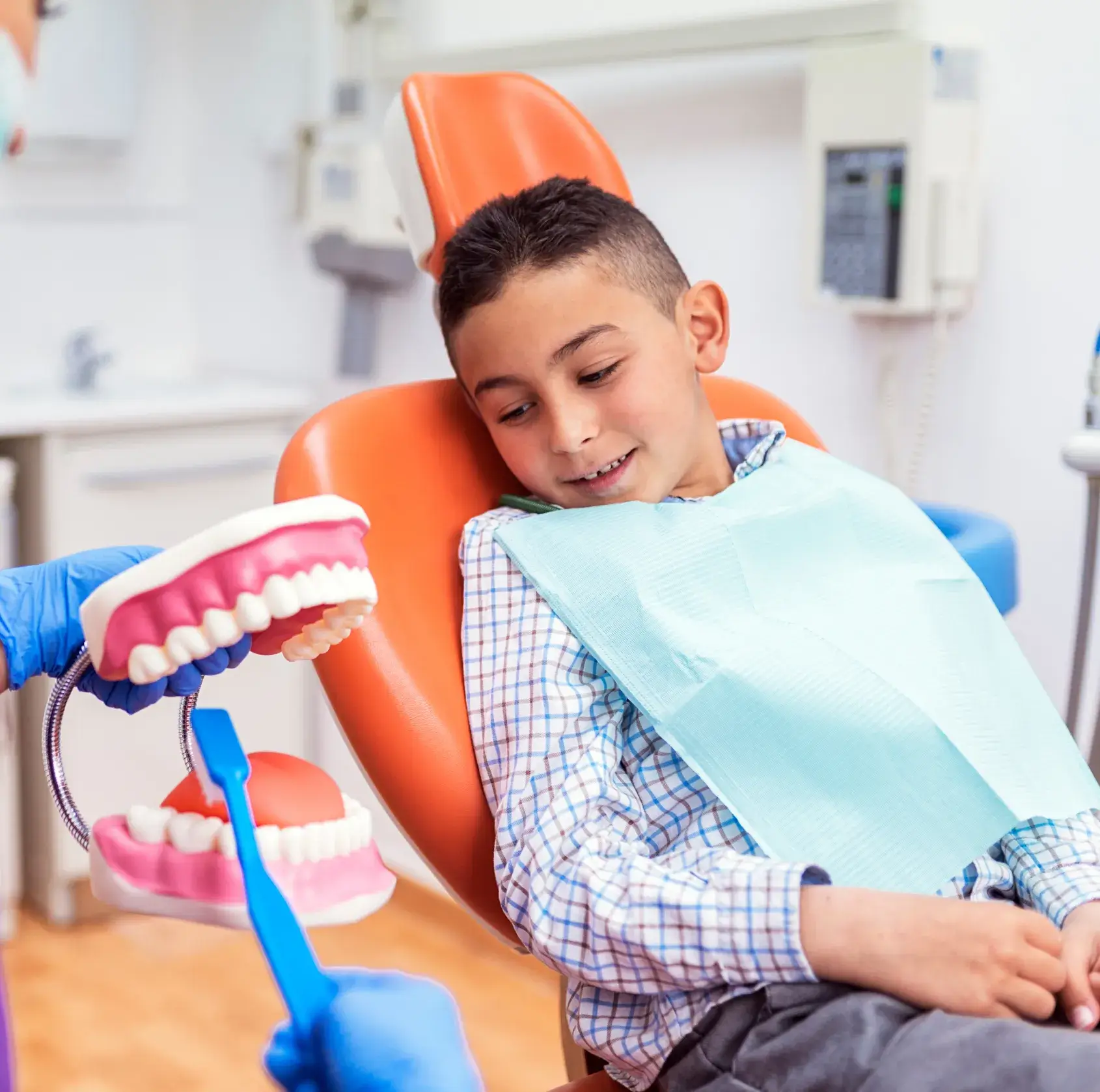
Parents Stay Involved Throughout
Dr. Knockum wants every parent to understand what's happening: "When you bring your child to see me, you will be with them at all times—because this is a family experience." We explain each step of treatment and involve you in all decisions about your child's care.
Age-Appropriate Communication
Dr. Hayes adapts her communication to each child's developmental stage. For younger children, she might explain appliances in imaginative terms they can understand. With older kids, she provides honest explanations about how treatment works and why it's important.
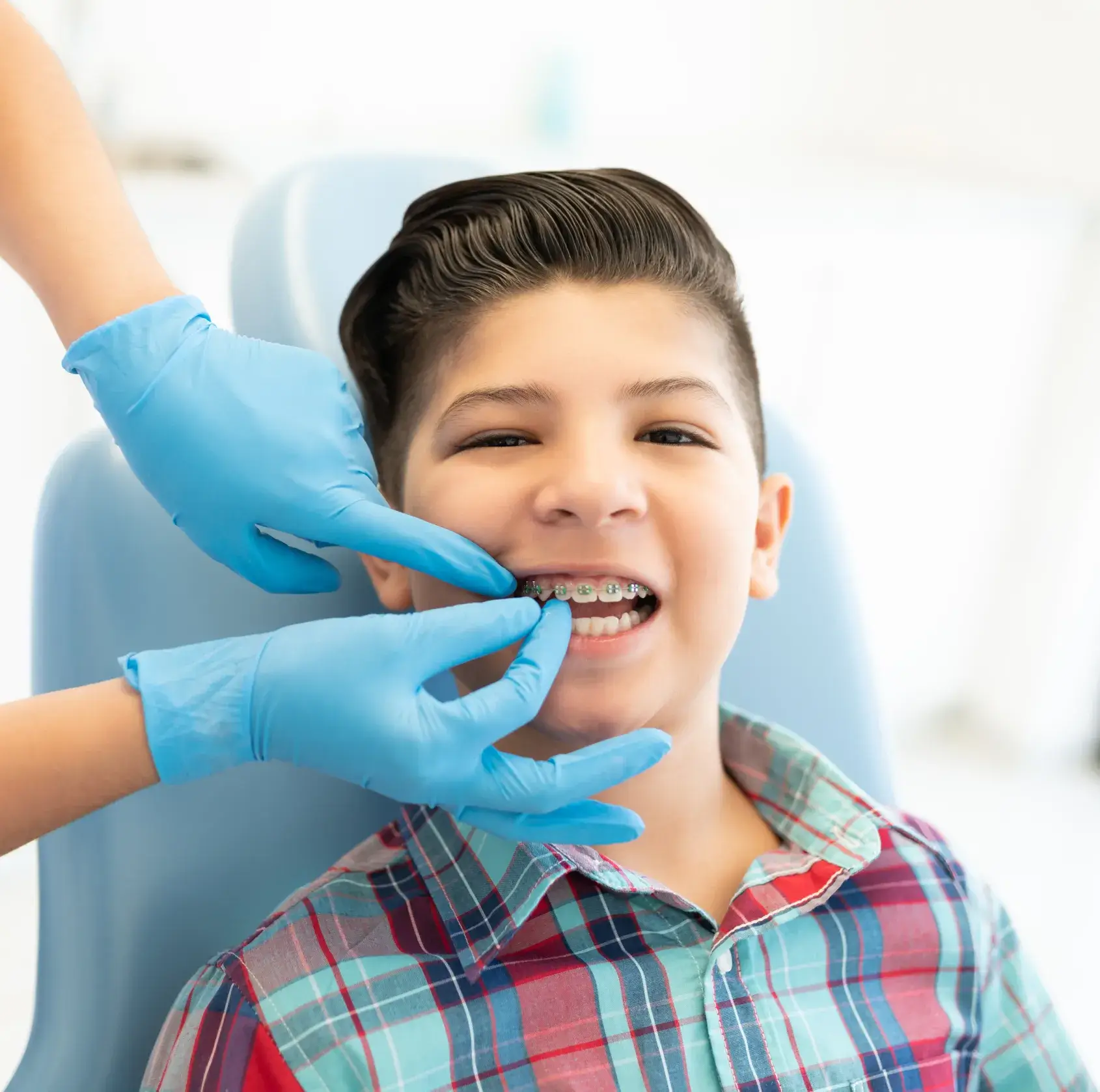

Meeting Individual Needs
Some children are excited about getting orthodontic appliances, while others need extra time and patience. We work within each child's comfort level, sometimes scheduling shorter appointments or taking breaks as needed.
A No-Judge Zone
Dr. Hayes calls our practice a "no-judge zone" because every child has a unique way of expressing their feelings about treatment. Whether your child is enthusiastic, nervous, or somewhere in between, we create a supportive environment where they can feel comfortable.

What is Phase 1 Orthodontics?
Phase 1 orthodontics, also known as early interceptive treatment, takes advantage of your child's natural growth to guide jaw development and address alignment issues while they still have baby teeth. This proactive approach often prevents more serious problems later and can reduce the complexity of future orthodontic treatment. Dr. Hayes believes in "taking every tool I have out of the toolbox" when it comes to treatment options. Sometimes early intervention with simple appliances can prevent the need for extensive braces later, or at least make future treatment shorter and more comfortable for your child.
When Should Treatment Begin?
The American Association of Orthodontists recommends children receive their first orthodontic evaluation by age 7. This timing allows us to identify potential issues during critical growth periods and intervene when treatment is most effective.
But here's what makes us different: that first evaluation isn't about immediately starting treatment. Dr. Knockum explains that he needs to "invest adequate time getting to know" each child because "you can't tell just by looking at them" what they need. We'll assess your child's individual development and discuss whether treatment should begin now or if we should monitor their growth and wait.

Types of Phase 1 Orthodontic Services
Space Maintainers
When baby teeth are lost too early, space maintainers hold the space for permanent teeth. Dr. Knockum's experience taught him about "building good habits from birth," including knowing when early tooth loss might create problems down the line.
Palatal Expanders
These appliances gently widen the upper jaw to create proper space for teeth and improve breathing. We use our "Tell, Show, Do" approach to help children understand how the appliance works and what to expect during treatment.
Partial Braces
Sometimes we use braces on just a few teeth to address specific alignment issues or guide permanent teeth into better positions as they come in.
Functional Appliances
These help guide jaw growth and improve the relationship between upper and lower jaws during your child's growth spurts.
Habit Appliances
For children who need help stopping thumb sucking or tongue thrusting habits, we provide gentle appliances that encourage healthier oral habits.
Meet Our Experienced Doctors
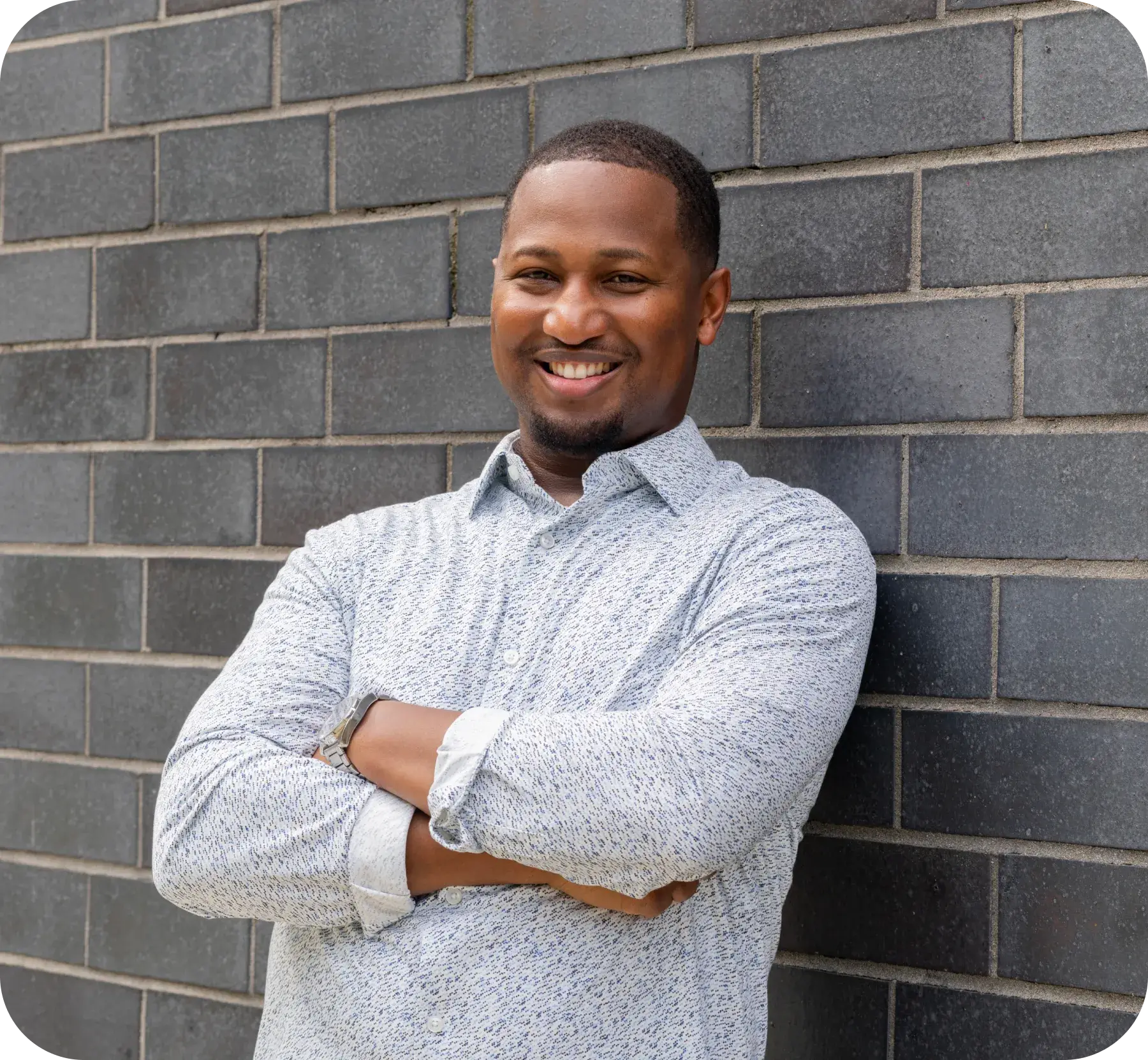
Dr. Brandon Knockum
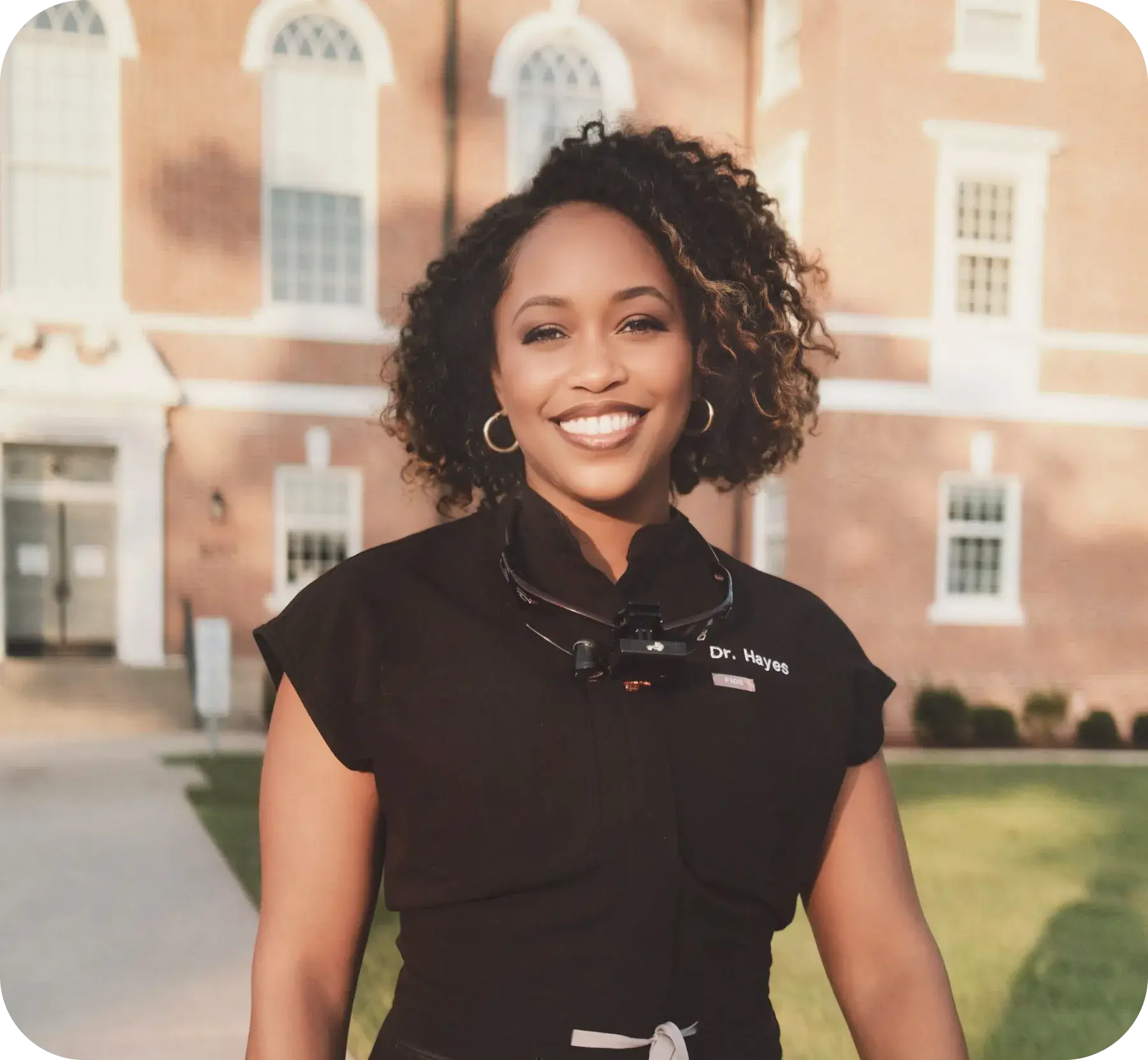
Dr. Crystal Hayes

Benefits of Phase 1 Orthodontics on Your Child's Well-Being
Building Confidence Early
Dr. Hayes understands that children can be self-conscious about their smiles during important developmental years. She's passionate about instilling in children the confidence they need to tackle any life challenge they might face. When children feel good about their smiles, it affects how they interact with friends, participate in activities, and approach new challenges.
Preventing Social and Emotional Challenges
Addressing protruding or severely crowded teeth early can prevent teasing and social difficulties that sometimes affect children's self-esteem during school years. As parents themselves, both doctors understand how much a child's confidence matters to their overall happiness.
Improving Function and Comfort
Early treatment helps children bite, chew, and speak more comfortably. When jaw relationships are improved early, children often experience better sleep, easier eating, and clearer speech—all of which contribute to better quality of life.
Reducing Future Treatment Complexity
By addressing problems during growth phases, we often make future orthodontic treatment shorter, more comfortable, and less invasive. This means less time in braces during the teenage years when social concerns are at their peak.

Why People Love Hampstead Pediatric Dentistry
Care Close to Home
Trusted Expertise
Individual Approach
Family-Centered Experience
Frequently Asked Questions
What happens after Phase 1 is complete?
After Phase 1, we'll continue monitoring your child's dental development and determine if additional treatment is needed as their permanent teeth come in. We'll keep you informed every step of the way.
How can I help my child succeed with their orthodontic treatment?
We'll provide detailed care instructions and work with you to establish routines that fit your family's lifestyle. The key is making appliance care part of your child's daily routine and celebrating their progress along the way.
Does insurance cover Phase 1 orthodontics?
Many insurance plans provide coverage for orthodontic treatment. Our team will help you understand your benefits and explore financing options to make treatment accessible for your family.
How often will we need to visit the office?
Most patients are seen every 6-8 weeks during active treatment, but we offer flexible scheduling to work with your family's routine and your child's school schedule.
What makes early orthodontic treatment different from regular braces?
Phase 1 treatment works with your child's natural growth patterns to guide development, often preventing more serious problems later. It's typically shorter and less complex than comprehensive braces treatment during the teenage years.
Will my child need braces after Phase 1 treatment?
Some children may need a second phase of treatment during adolescence, but Phase 1 often makes future treatment shorter and less complex. We'll monitor your child's development and discuss future needs as they grow.
Can my child still participate in sports during treatment?
Absolutely! We provide custom mouthguards to protect your child's smile during sports and active play. Physical activity is important for children's overall well-being, and we never want treatment to interfere with activities they enjoy.
How do you handle children who are nervous about orthodontic treatment?
We start by getting to know your child and understanding their concerns. Some kids need extra time to warm up to the idea of appliances, and that's perfectly okay. We work at their pace and use our gentle approach to build confidence over time.
How long does Phase 1 treatment typically last?
Phase 1 treatment usually lasts between 9-18 months, though every child is different. We customize treatment length based on your child's specific needs and growth patterns.
What age should my child first see an orthodontist?
The American Association of Orthodontists recommends children have their first orthodontic evaluation by age 7, but remember that evaluation doesn't always mean immediate treatment. We'll assess your child's individual development and timing.
Insurance Accepted







